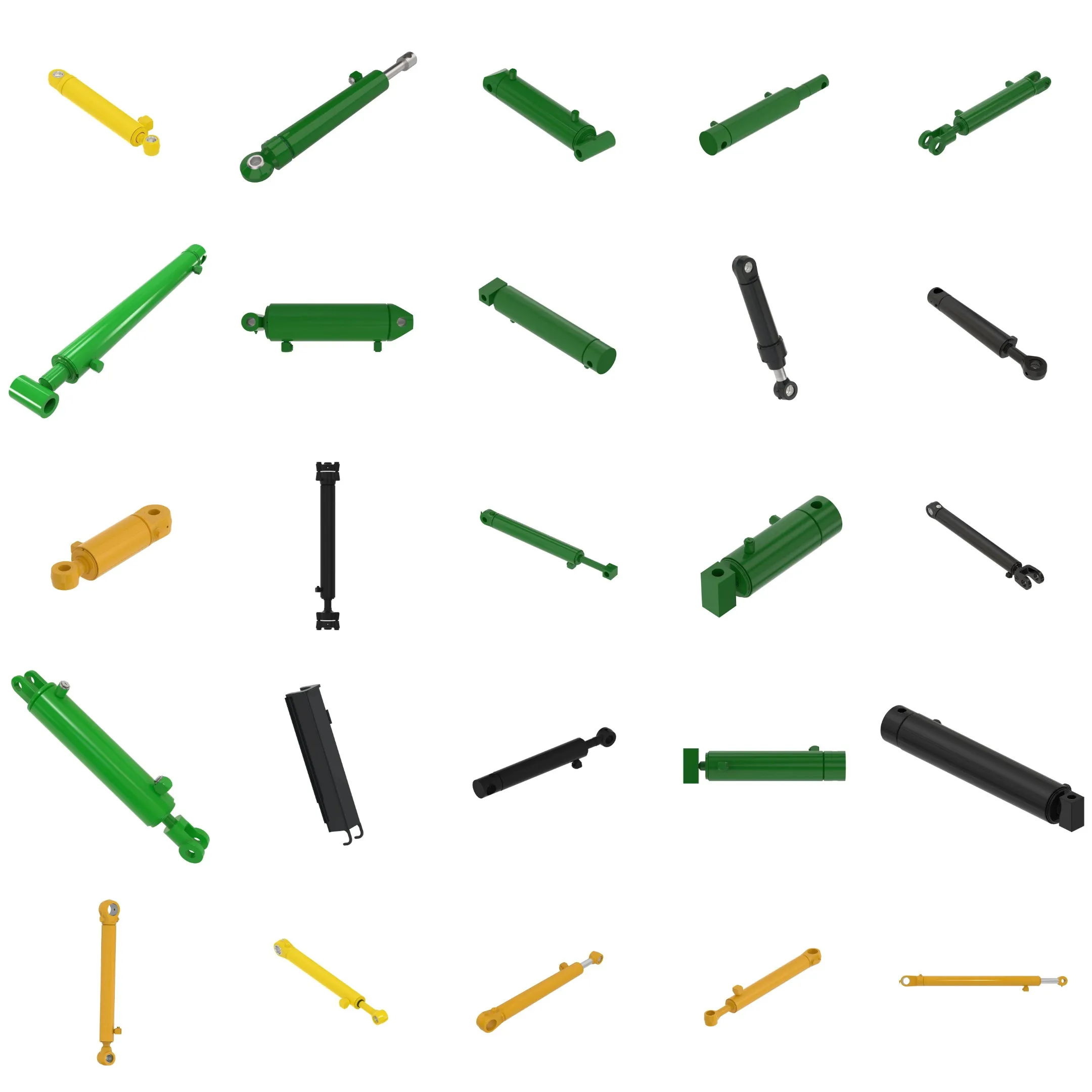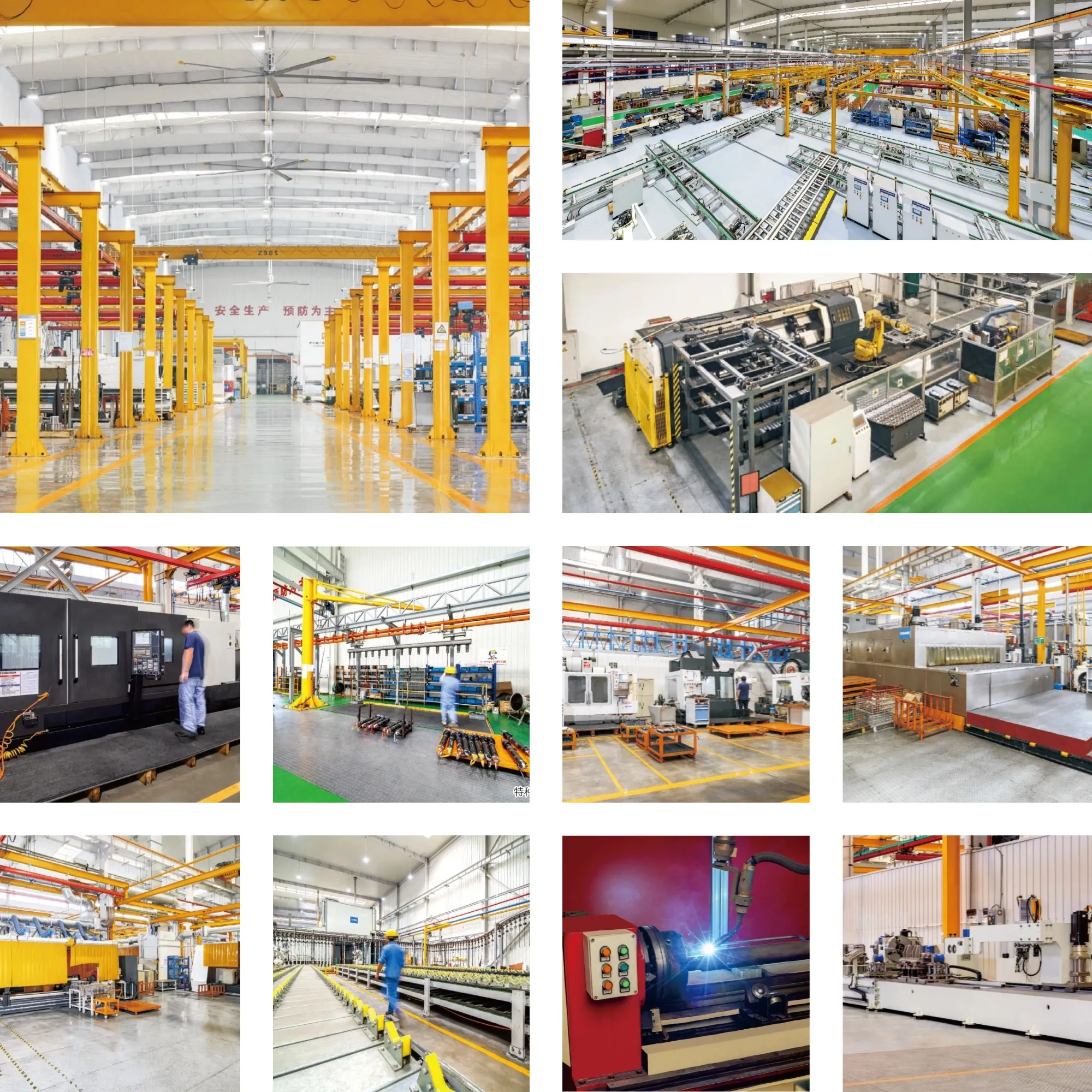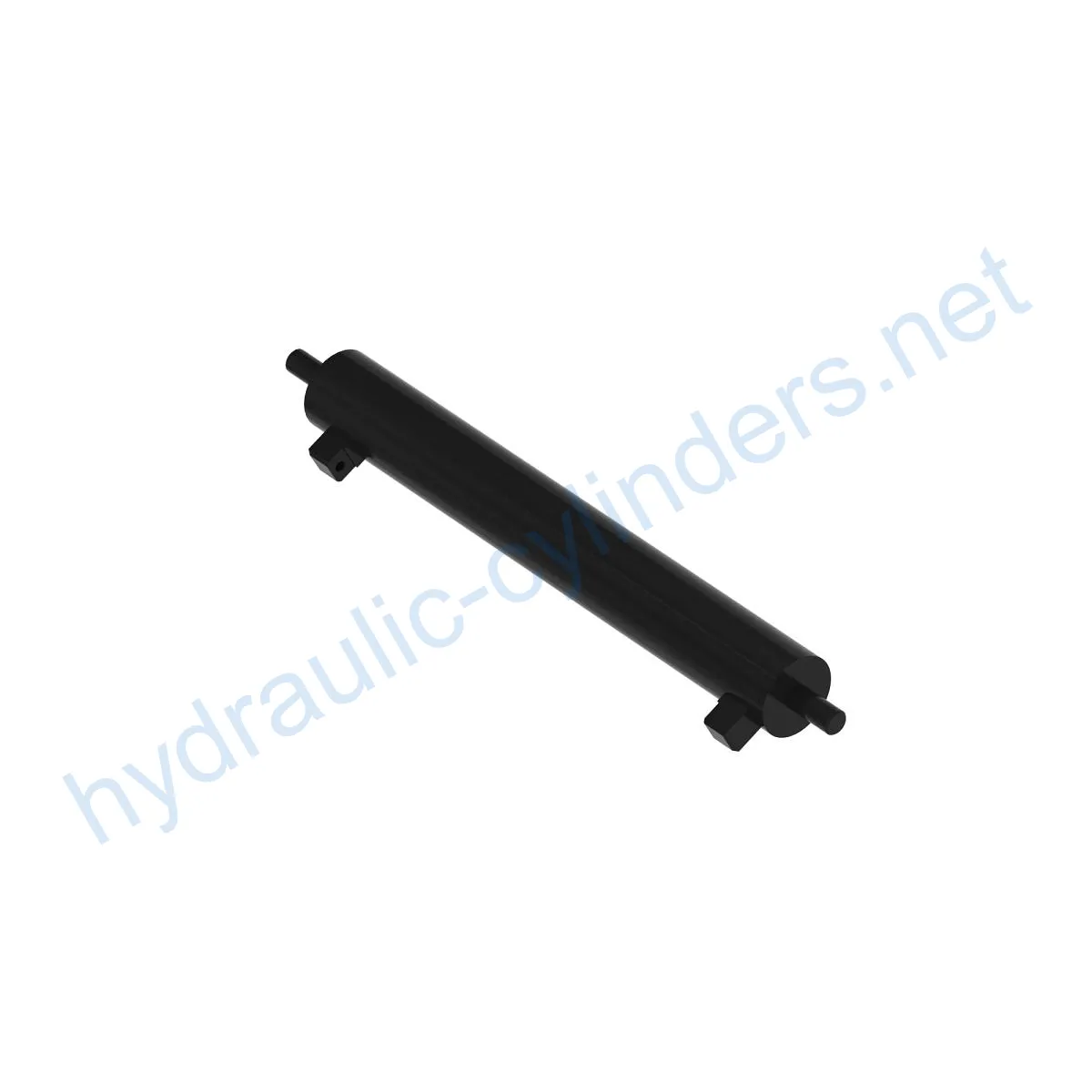Replacement Of AA50163 Hydraulic Cylinder
Являясь одним из производителей, поставщиков и экспортеров механической продукции, мы предлагаем гидравлические цилиндры и многие другие изделия.
Пожалуйста, свяжитесь с нами для получения подробной информации.
Почта:sales@hydraulic-cylinders.net
Производитель поставщик экспортер гидроцилиндров.
Replacement Of AA50163 Hydraulic Cylinder
Product Definition
The Replacement Of AA50163 Hydraulic Cylinder is a hydraulic component used in various machinery and equipment. It plays a crucial role in providing the necessary force and motion for different applications.
Specifications and Models
Weight: 21 lb
Height: 3.8 in
Width: 4.5 in
Length: 27 in
Models: 1720, 1725
Product Features
- Improved Equipment Performance: Replacing damaged or worn hydraulic cylinders can restore the normal operational capacity of equipment, ensuring optimal performance in various applications.
- Enhanced Safety: Regularly replacing hydraulic cylinders reduces safety hazards caused by cylinder failures, ensuring the safety of operators and equipment.
- Overload Protection: New cylinder designs often include better overload protection mechanisms, improving safety measures.
- Quick Installation: Modern hydraulic cylinders are designed for easy installation and replacement, minimizing downtime.
- Standardized Components: Many hydraulic cylinders are standardized products, making it easier to obtain replacement parts in the market.
Applications
- Excavators: Hydraulic cylinders in excavator booms or buckets may get damaged due to prolonged use or overload, requiring replacement to restore normal operation.
- Cranes: Hydraulic cylinders in crane boom arms are prone to wear during frequent lifting and lowering processes, necessitating regular replacement for safety purposes.
- Tractors: Hydraulic cylinders in front-end loaders of tractors may experience leakage or performance degradation during continuous lifting and tilting operations, requiring replacement.
- Harvesters: Hydraulic systems in harvesters endure high pressure during operation, and cylinders may get damaged due to fatigue, requiring timely replacement to maintain work efficiency.
- Automated Production Lines: Hydraulic cylinders are used to control robotic arms and other automated equipment. Any cylinder failure can impact production efficiency, necessitating immediate replacement.
- Die Casting Machines: In high-pressure and high-temperature environments, hydraulic cylinders may experience performance degradation. Regular replacement ensures product quality.
- Mining Equipment: Hydraulic cylinders are used for lifting and moving heavy loads in mining equipment. Due to harsh working conditions, regular inspection and replacement are necessary to avoid equipment failures.
- Bulldozers: Wear of hydraulic cylinders on bulldozer blades can result in reduced pushing capacity. Timely replacement is required to maintain operational efficiency.
Maintenance Tasks
Regular inspection, proper lubrication, seal replacement, and calibration checks are common maintenance tasks for hydraulic cylinders.
Key points to consider:
- Importance of Correct Installation, Lubrication, and Adjustment: Providing proper alignment guidance during installation, recommending the use of appropriate mounting brackets to secure the cylinder, and suggesting recommended inspection, repair, and replacement procedures to enhance the lifespan of the hydraulic cylinder.
- Replacement Parts and Rebuild Services: Offering replacement parts and rebuild services to improve the longevity of the hydraulic cylinder.
Safety Considerations and Environmental Factors
When using hydraulic cylinders, safety measures are crucial in preventing accidents and ensuring a safe working environment. It is essential to follow proper safety protocols and precautions when handling cylinders to minimize risks and protect personnel and equipment.
Troubleshooting and Common Issues
Common problems and troubleshooting for hydraulic cylinders:
- Leakage: Check for damaged seals or connections and repair or replace as necessary.
- Slow or Erratic Movement: Inspect the hydraulic fluid level and system for any blockages or malfunctions. Adjust or repair accordingly.
- Noise or Vibrations: Check for loose or damaged components and tighten or replace as needed. Inspect for air in the system and bleed if necessary.
- Inconsistent Force or Pressure: Verify the hydraulic fluid level and pressure settings. Check for worn or damaged internal components and replace as required.
Troubleshooting Tips and Solutions
To help readers effectively diagnose and resolve issues, consider the following:
- Provide troubleshooting instructions and solutions for common problems.
- Offer preventive measures to minimize potential problems.

Design Considerations and Selection Criteria
Design considerations for hydraulic cylinders:
- Load-Bearing Capacity: Discuss the cylinder’s capacity to handle different loads.
- Sealing and Durability: Explore the importance of using high-quality sealing components and durable materials for extended lifespan.
- Safety and Maintenance: Emphasize the need for safety features and ease of maintenance, including access to replaceable parts and rebuild services.
Sealing and Lubrication
For hydraulic cylinders, various seals such as piston seals and rod seals are used. These seals are made of wear-resistant materials like polyurethane and nitrile rubber. The cylinder body and threaded ends undergo precise treatment to improve wear resistance. Regular lubrication with the appropriate hydraulic oil is necessary to ensure smooth operation.
Regular Inspection and Preventive Maintenance
Preventive measures for hydraulic cylinders:
- Inspect regularly to identify any signs of wear, leakage, or damage.
- Perform appropriate lubrication and adjustment to maintain optimal performance.
- Provide correct installation guidance, including proper alignment of the cylinder.
- Recommend using suitable mounting brackets to secure the cylinder.
- Suggest inspection, repair, and replacement procedures to extend the lifespan of the hydraulic cylinder.
Installation Guide
Proper installation of hydraulic cylinders is essential for their efficient functioning. Follow these guidelines:
- Ensure correct alignment and positioning during installation.
- Use appropriate mounting brackets to securely fasten the cylinder.
- Refer to recommended inspection, repair, and replacement procedures.

Company Introduction
We are a leading manufacturer and wholesale distributor of replacement hydraulic cylinders. Our company offers a wide range of hydraulic cylinders and has established itself as a prominent player in both domestic and international markets.
Key aspects of our company:
- Professionalism: We pride ourselves on providing expert solutions and services in the field of hydraulic cylinders.
- International Certification: Our products meet international quality standards and have obtained relevant certifications.
- Customization Services: We offer customized hydraulic cylinder solutions to meet specific customer requirements.
- Advanced Production Equipment: Our company utilizes state-of-the-art production equipment to ensure quality and efficiency.
- After-Sales Service: We provide comprehensive after-sales service, including replacement parts and repair services.

Take a Tour of Our VR Factory:
Take a tour of our VR factory with the following
How Does Forklift Hydraulic Cylinder Work?
Hydraulic Cylinder Application:


